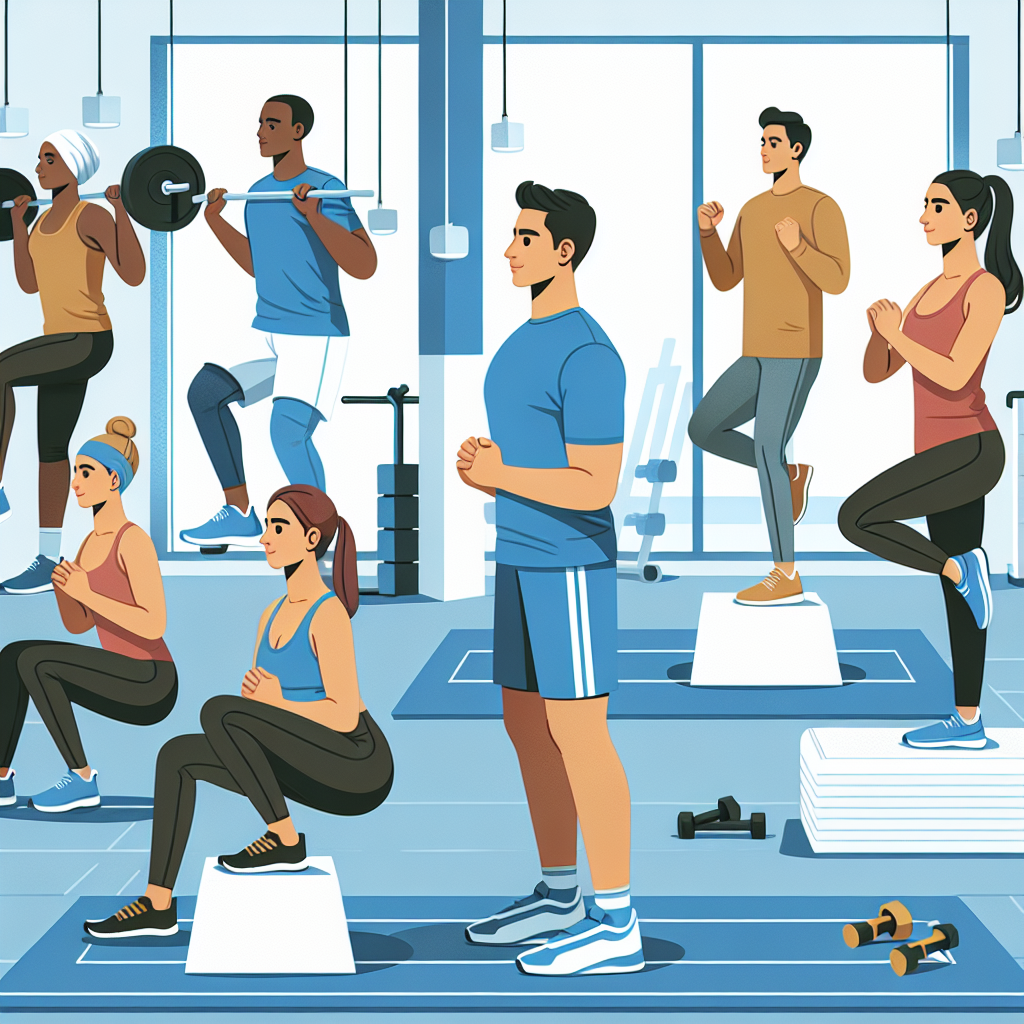
When it comes to fitness, having strong and enduring legs is essential not just for athletic performance but also for everyday activities. The legs are the foundation of our mobility; they support us in walking, running, squatting, climbing, and even sitting. A well-rounded leg workout can significantly enhance your physical capabilities, improve balance, and reduce the risk of injury. However, achieving well-defined legs with lasting strength and endurance requires a consistent and intentional approach at the gym.
Understanding Leg Anatomy
To optimize your leg workouts, it’s crucial to understand the anatomy of your legs. The primary muscle groups include:
-
Quadriceps: Located at the front of the thigh, these muscles are key for knee extension and play a critical role in activities like squatting and running.
-
Hamstrings: These muscles at the back of the thigh are responsible for knee flexion and hip extension. Strong hamstrings can help prevent injuries and improve overall performance.
-
Calves: Comprising the gastrocnemius and soleus muscles, the calves enable movements like jumping, sprinting, and pushing off the ground.
- Glutes: Technically part of the leg structure, strong glutes contribute significantly to leg strength, stability, and power.
Expanding your knowledge of leg anatomy can empower you to create workouts that target all these muscle groups effectively.
Building Endurance
Endurance training is essential for enhancing your leg muscles’ ability to perform prolonged activities without fatigue. Here are some key techniques to build leg endurance:
-
High-Rep Sets: Incorporate exercises with light to moderate weights performed for higher repetitions (15-20 reps). This can include bodyweight squats, lunges, or leg presses. Higher rep ranges help to improve muscle stamina.
-
Circuit Training: Combine multiple leg exercises into a circuit, minimizing rest between movements. For example, rotate between squats, lunges, push-ups, and steps to keep your heart rate elevated while challenging your legs.
-
Aerobic Activities: Regularly incorporate activities like cycling, swimming, or running into your routine. These not only give you a cardiovascular workout but also help enhance your leg endurance over time.
- Active Recovery: Engage in low-impact activities like walking or yoga on rest days. This can enhance blood flow to your legs, promoting recovery and endurance development.
Building Strength
Strength training focuses on developing muscle size and power. Here’s how to effectively build strength in your legs:
-
Compound Movements: Prioritize exercises that engage multiple muscle groups, such as squats, deadlifts, and leg presses. These compound movements are efficient for building mass and strength.
-
Progressive Overload: Gradually increase the weight or resistance level of your exercises. This forces your muscles to adapt and grow. Aim to increase your lift every week or biweekly to ensure continuous progress.
-
Plyometrics: Incorporate explosive exercises like box jumps, jump squats, or burpees to develop power in your legs. These exercises recruit fast-twitch muscles, which are essential for athletic performance.
- Proper Form and Technique: Always prioritize proper form over heavy weights to avoid injury. Working with a trainer or using mirrors can help assess your technique during leg exercises.
Nutrition for Legs That Last
Building strong and enduring legs is not solely about training; nutrition plays a vital role. Here are some recommendations:
-
Protein: Stay fueled with adequate protein to support muscle repair and growth. Lean meats, dairy products, legumes, and protein supplements are excellent sources.
-
Carbohydrates: Don’t shy away from carbs; they are essential for providing energy during workouts. Whole grains, fruits, and vegetables should be staples in your diet.
-
Hydration: Proper hydration is key to optimizing performance and recovery. Ensure you’re drinking enough water before, during, and after workouts.
- Healthy Fats: Incorporate healthy fats (like avocados, nuts, and fish) into your diet to support overall health and improve hormone levels.
Conclusion
Building legs that last—ones that are both strong and enduring—requires dedication and a strategic approach in the gym. By understanding your leg anatomy, engaging in both endurance and strength training, and prioritizing proper nutrition, you’ll develop legs that not only look impressive but also perform superbly. Whether you’re an athlete or simply looking to improve your fitness, investing time in your leg workouts will pay off in enhanced functionality, reduced injury risk, and improved overall quality of life. Start today, and step into a future of strength and endurance!



